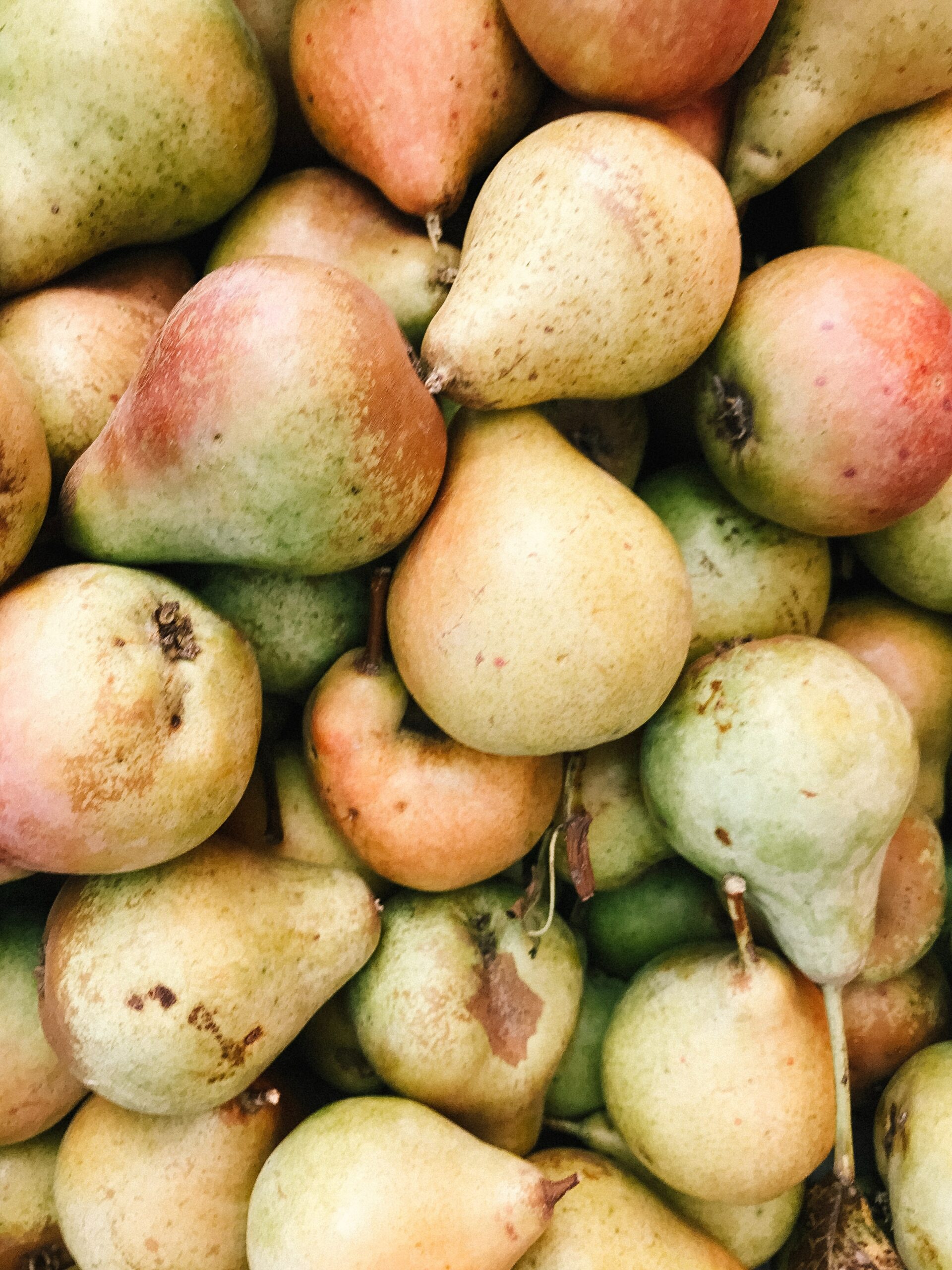How to Prune a Pear Tree: A Comprehensive Guide
Keywords: Pruning pear tree, how to prune, pear tree care, tree pruning, pear tree maintenance
Meta Description: Learn the art of pruning a pear tree with our step-by-step guide. Discover the best time to prune, essential tools, and expert tips for a thriving pear tree in your garden.
Why Prune a Pear Tree?
Pruning a pear tree serves several important purposes:
- Promoting Growth: Pruning encourages new growth and helps maintain the desired shape and size of the tree.
- Fruit Production: Proper pruning increases fruit production by allowing sunlight and air circulation into the canopy, leading to larger and better-quality pears.
- Disease Prevention: Removing dead or diseased branches reduces the risk of pests and diseases from spreading throughout the tree.
- Structural Strength: Pruning helps develop a strong scaffold structure, reducing the risk of limb breakage due to heavy fruit loads.
When to Prune a Pear Tree
Timing is crucial when it comes to pruning pear trees. The best time to prune is during the dormant winter months, typically between late November and early March. Avoid pruning during the active growing season, as it can stress the tree.
Essential Tools for Pruning
Before you start, gather the necessary tools to ensure a clean and effective pruning process:
- Pruning Shears: Ideal for cutting small branches and twigs.
- Loppers: Use loppers for branches with a diameter of up to 2 inches.
- Hand Saw: For larger branches that loppers cannot handle.
- Pruning Paint: To seal cuts and prevent disease entry.
- Safety Gear: Wear gloves and safety glasses to protect yourself from sharp branches and debris.
Step-by-Step Guide to Pruning
Follow these steps to successfully prune your pear tree:
- Assess the Tree: Start by closely examining your pear tree. Identify dead, diseased, or damaged branches. Look for branches that cross or rub against each other, as they can create wounds and invite diseases.
- Remove Dead and Diseased Branches: Using your pruning shears or loppers, carefully remove all dead and diseased branches. Make clean cuts just outside the branch collar, the raised area where the branch meets the trunk.
- Address Crossed or Overlapping Branches: Eliminate branches that cross or overlap, as they can hinder airflow and promote disease. Prioritize the removal of inward-growing branches.
- Thin Out Crowded Areas: In dense areas of the canopy, thin out branches to allow sunlight and air to penetrate. This encourages better fruit development and reduces the risk of fungal diseases.
- Shape the Tree: Prune for the desired shape, focusing on maintaining an open center or vase shape. Keep the central leader (the main vertical stem) intact and prune lateral branches to create a balanced structure.
- Seal the Cuts: After pruning, apply pruning paint or a sealant to cover the cut surfaces. This helps prevent disease entry and promotes healing.
Tips for Successful Pear Tree Pruning
- Start Early: Begin pruning your pear tree when it’s young to establish a strong structure.
- Moderation: Avoid excessive pruning, as it can stress the tree and reduce fruit production.
- Regular Maintenance: Plan for annual or biennial pruning to maintain the tree’s health and shape.
- Sanitize Tools: Disinfect your pruning tools before and after use to prevent disease transmission.
- Monitor Growth: Keep an eye on your tree throughout the growing season, making minor adjustments as needed.
Conclusion
Pruning a pear tree is a valuable skill for any orchard owner or gardening enthusiast. By following the steps and tips outlined in this guide, you can ensure your pear tree remains healthy, fruitful, and visually appealing year after year. Happy pruning and enjoy the bountiful harvests!
Photo by Marta Dzedyshko
